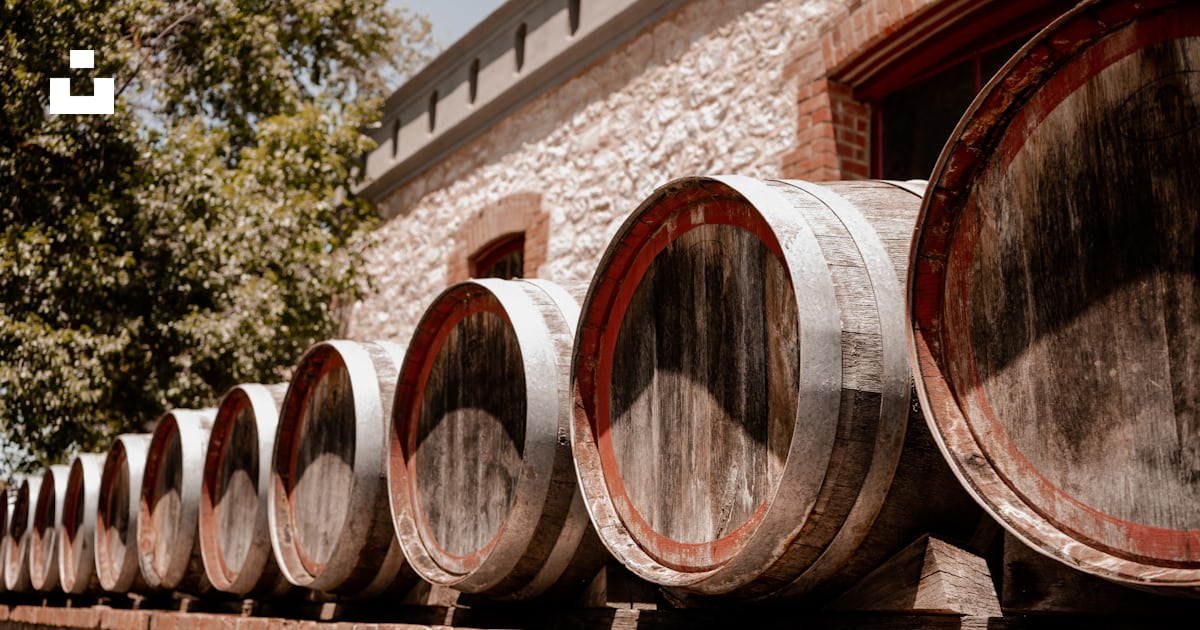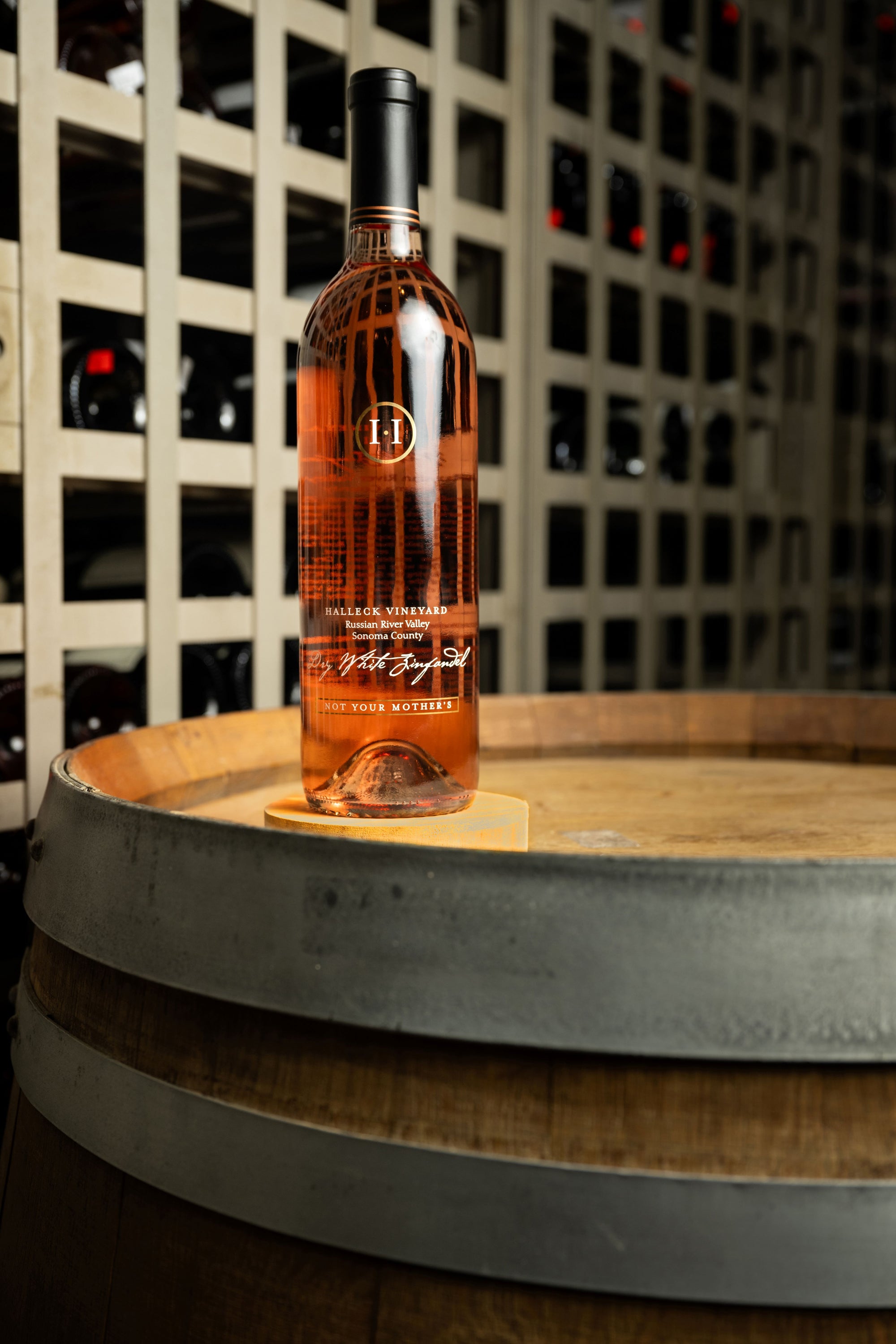Wineries In Sebastopol - Top Wineries To Visit In Sebastopol
Wine tasting is an art that mixes sensory experience with an appreciation for the nuances of different varietals. How to gauge flavors in winery wine tasting classes is pivotal to greedy the complexities of wine.
Participating in a wine tasting involves more than simply sipping and savoring. It requires a targeted method to establish aromas and flavors that every wine presents. As you start, observe the wine's appearance, noting its shade and clarity. These visible cues typically counsel a wine’s age, grape selection, and even potential flavor profiles.
The subsequent step within the tasting course of is to swirl the wine in your glass. This action releases fragrant compounds which might be very important for analysis. Lean in and take a second to inhale deeply; the aromas can vary from floral and fruity to spicy and earthy. The nose of the wine is just as necessary as the palate, and recognizing scents performs a significant function in understanding the general experience.
When taking your first sip, allow the wine to move across your palate - Wineries With A Focus On Syrah. Discover the preliminary flavors that present themselves. Is the wine fruity, floral, or perhaps herbaceous? This initial style gives perception into what the wine is prone to specific as you continue to gauge it. The mouthfeel also contributes to the overall flavor experience; it may be silky, tannic, and even effervescent.
Wineries With Unique Varietals - Wine Tasting Activities In Sebastopol
As you proceed tasting, pay consideration to the wine’s steadiness. A well-balanced wine will harmonize acidity, sweetness, and tannins. If one element overwhelms the others, it might point out a less fascinating high quality. Evaluating steadiness may help you establish how nicely the wine might pair with food.
Transitioning to the end, think about how the flavors evolve as the wine lingers in your palate. A long, pleasant finish can indicate a high-quality wine, whereas a short or abrupt finish might recommend in any other case. Mirror on whether or not the flavors stay constant or if new notes emerge because the wine settles. This progression can reveal complexities and intricacies which may not have been obvious within the initial tasting.
Temperature can be a vital factor in evaluating wine flavors. Different kinds of wine are optimally enjoyed at particular temperatures. White wines often shine when chilled, whereas purple wines usually carry out finest at room temperature. When tasting, make positive the wine is on the acceptable temperature to fully appreciate its character.
Off The Beaten Path Wineries In Sonoma - Enjoying The Best Wineries In Sebastopol
Pairing food with wine can tremendously improve the tasting experience. Meals can affect the notion of flavors in wine, either highlighting sure characteristics or diminishing them. When evaluating flavors, consider how the wine interacts with totally different meals, noticing which flavors are amplified or muted (Popular Wineries With Outdoor Seating In Sonoma).
Think About the influence of terroir as you interact in a winery tasting. Terroir encompasses the distinctive environmental factors that have an result on grape rising, including soil composition, climate, and geography. Understanding a wine's terroir can present perception into its flavors and aromas, fostering a deeper appreciation for the choices made throughout its cultivation and production.
Schooling performs a elementary role in enhancing one's ability to judge wine flavors. Studying about grape varieties, wine regions, and manufacturing strategies can pave the greatest way for extra knowledgeable judgments throughout tastings. Moreover, attending workshops or classes can refine sensory skills and broaden your flavor vocabulary, enabling you to articulate tasting notes more effectively.

Lastly, it is important to remember that evaluating wine flavors is a highly personal experience. Individual preferences and perceptions will invariably shape one’s tasting journey. Enjoyment should be on the forefront, with the analysis process appearing as a software to enhance understanding and appreciation rather than create inflexible pointers.
Wineries With Estate-Grown Grapes - Enjoying A Vineyard In Sonoma
In conclusion, you can try this out mastering how to consider flavors in winery wine tasting sessions includes a mixture of sensory engagement, knowledge, and practice. By studying to identify aromas, assess the steadiness, and recognize the intricacies of flavor, wine enthusiasts can deepen their connection to each bottle they encounter. As with any art type, the more one immerses themselves in the experience, the extra they will discover and benefit from the huge world of wine.
- Start by observing the wine's colour and readability, as these visible elements can hint at its flavor profile and aging potential.
- Swirl the wine gently in your glass; this releases aromatic compounds, permitting you to higher determine the complex scents associated with the wine.
- Take a deep inhale before tasting, focusing on both main and secondary aromas to assemble insights on fruits, spices, and different nuances.
- When tasting, permit the wine to coat your palate; note the initial flavors, the mid-palate complexity, and the end as these phases can present completely different flavor highlights.
- Pay attention to texture and mouthfeel, as aspects such as tannin ranges, acidity, and sweetness contribute considerably to the overall tasting experience.
- Evaluate flavors towards normal wine characteristics; for pink wines, think about berry notes, oak influence, and herbal tones, whereas whites could embrace citrus, stone fruits, and floral hints.
- Take notes in the course of the tasting session to trace your impressions, helping you to remember and consider the different wines sampled.
- Focus On your findings with fellow tasters or winery employees, as sharing insights can enhance understanding and appreciation of individual flavors.
- Allow time for the wine to breathe; sometimes, flavors evolve and reveal new dimensions after being uncovered to air.
- Experiment with food pairings through the tasting as they'll dramatically alter how flavors are perceived, influencing total enjoyment.undefinedWhat ought to I look for when evaluating the aroma of wine throughout a tasting?
Start by swirling the wine in your glass to launch its aromas. Convey the glass to your nose and take a deep breath. Pay attention to the first scents you detect, as these are sometimes essentially the most prominent. Look for fruit, floral, herbal, or earthy notes and attempt to establish specific characteristics, which is able to deepen your understanding of the wine's complexity.
Romantic Winery Destinations In Sebastopol - Wineries In The Sebastopol Region

How can I distinguish between totally different flavor profiles in wine?
Perceive that flavor profiles are often categorized as fruit, floral, herbaceous, spicy, or mineral. Take small sips and permit the wine to coat your palate. Discover the first flavors that emerge first and the refined notes that comply with. This layering is important in distinguishing the wine's characteristics and can allow you to respect its distinctive profile.
Exclusive Wine Clubs In Sonoma - Wine Tasting And Vineyards In Sonoma
What is the significance of the wine's texture in a tasting?

The texture of the wine, also recognized as mouthfeel, plays a vital role in how we understand flavors. Pay consideration to whether the wine feels easy, creamy, or gritty. The physique of the wine (light, medium, or full) can enhance or distinction with flavors, offering a extra rounded experience during tasting.
How do I assess the balance of flavors in wine?
Balance in wine refers again to the concord between acidity, sweetness, tannin, and alcohol. Take a moment to evaluate whether these elements complement or intervene with each other. A well-balanced wine may have none of its elements overpowering the others, creating a pleasant tasting experience.
Wineries With Locally Sourced Food Options - Vineyards Near Sebastopol
What function does temperature play in evaluating wine flavors?
Temperature can significantly impact the perception of flavors. Typically, red wines are best served barely below room temperature, while white wines get pleasure from being chilled. As the temperature changes, the aromas and flavors can shift, permitting you to perceive completely different characteristics. It’s important to taste wine at its optimal temperature for true analysis.
Wineries In Sebastopol - Sebastopol Wineries
How can I improve my tasting skills over time?
Practice is key to enhancing your tasting skills. Unique Wine Blending Experiences In Sonoma. Attend tastings, maintain a journal of your experiences, and discover several sorts of wines to broaden your palate. Additionally, studying about wine production and grape varieties can present context that enhances your review evaluation process, making you a extra informed taster.
Is there a selected order during which I should taste the wines?
Good Wineries For Large Groups In Sonoma Valley - Sonoma Vineyards Worth Visiting
Sure, it’s advisable to style wines from light to full-bodied and dry to candy. This development prevents the stronger flavors from overshadowing the more delicate ones, allowing you to fully recognize every wine's traits and nuances with out palate fatigue.
How can I consider the aftertaste of wine?
Wineries Near Santa Rosa - Best Winery In Sonoma For Quality Wine
The aftertaste, or end, is an important facet of the wine-tasting experience. After swallowing, pay consideration to how long the flavors linger in your palate and whether or not they change. A long, pleasant end is usually an indicator of a high-quality wine, whereas a short or unpleasant end could suggest otherwise.
Why is it essential to notice the wine’s acidity throughout tasting?
Acidity contributes to the general freshness and structure of the wine. Pay attention to the tingling sensation in your tongue; larger acidity can improve the wine's liveliness and stability out sweetness. Noting acidity helps determine the wine's versatility with food and its growing older potential.
What ought to I do if I battle to establish specific flavors in wine?
Wineries Near Santa Rosa - Sonoma's Best Vineyards
Struggling to identify flavors is widespread, especially for novices. Focus on broader categories and describe what you can acknowledge, such as sweet or earthy notes. With practice, reading about totally different flavor profiles, and maybe using flavor wheels, you will refine your senses and develop a more nuanced method to tasting.